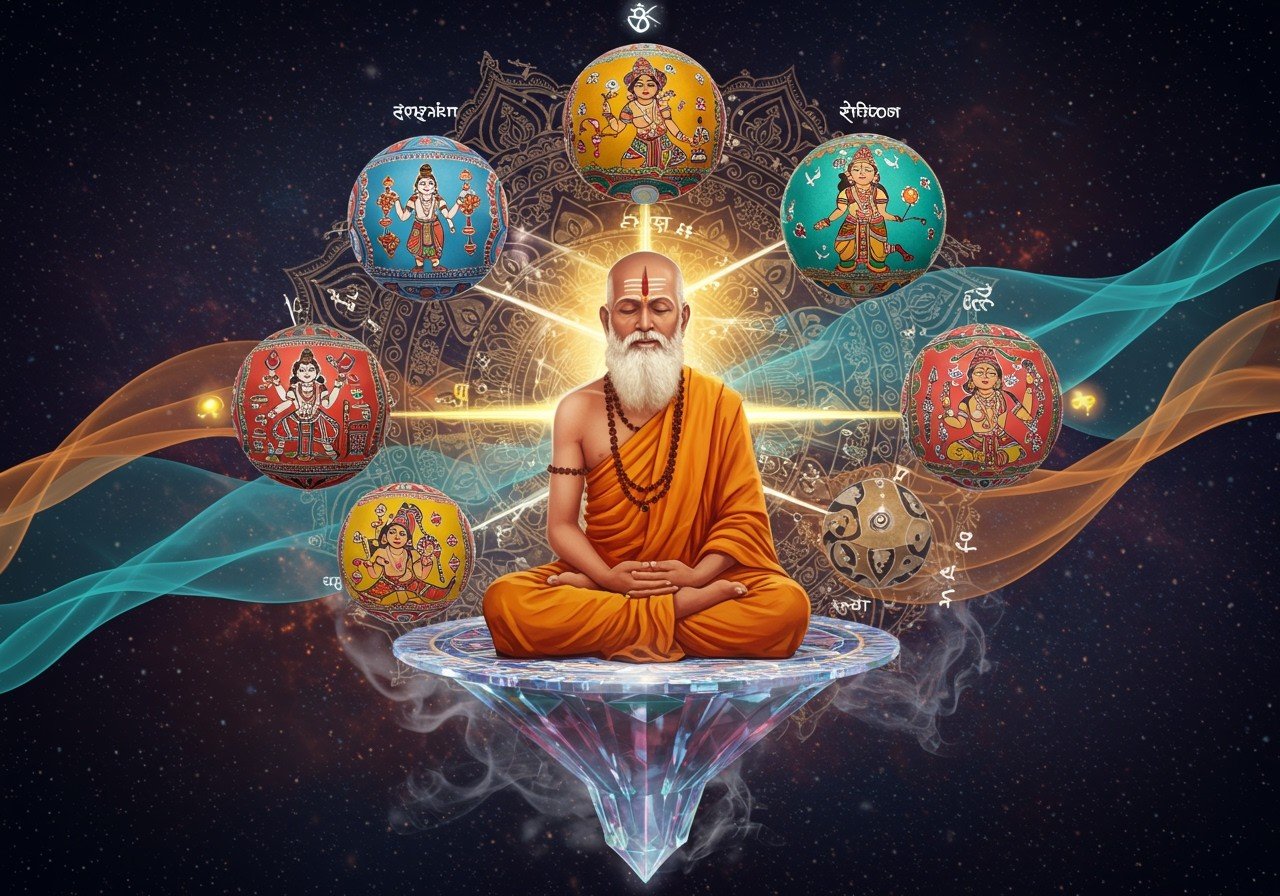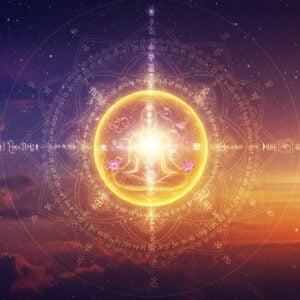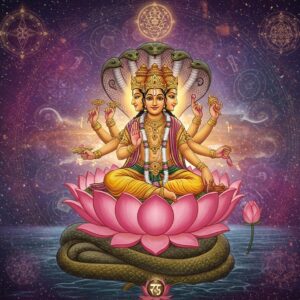Exploring the Vaisheshika Sutra: A Journey into Indian Philosophy

In the vast world of Indian philosophy, the Vaisheshika Sutra stands as a cornerstone. This ancient text offers profound insights into the nature of reality and the universe. By exploring it, we honor a rich cultural and intellectual heritage that resonates with those seeking deeper understanding. For those interested in delving into Hindu philosophy, Poojn.in offers resources like “Hindu Philosophy Explained: A Beginner’s Guide” and “Connecting with Your Inner Self: A Hindu Philosophy Guide“.
Origins and Authorship
The Vaisheshika Sutra was composed between the 6th and 2nd century BCE, a period of intellectual flourishing in India. Sage Kanada, also known as Kashyapa, is credited with its authorship. He was a pioneer in atomism, his ideas influencing scientific thought beyond the realm of philosophy. The Sutra’s linguistic style offers clues to its age, and its oral transmission through generations helped preserve its wisdom.
Core Philosophical Concepts
The Vaisheshika Sutra, one of the six orthodox schools of Indian philosophy, presents unique perspectives on metaphysics and the nature of reality. Central to this school are the seven padarthas, or categories, classifying all existence: substance (dravya), quality (guna), action (karma), generality (samanya), particularity (vishesha), inherence (samavaya), and non-existence (abhava).
- Substance (Dravya) is fundamental, encompassing nine constituents: earth, water, fire, air, ether, time, space, self, and mind. These elements serve as the universe’s building blocks. This concept forms the foundation of Vaisheshika’s metaphysical framework.
- Atomism, a hallmark of Vaisheshika, proposes that all physical reality consists of indivisible atoms called anu. This concept foreshadows modern atomic theory, demonstrating the profundity of ancient Indian thought. It’s a testament to the insightful observations of early philosophers.
- Inherence (Samavaya) describes the unique bond between qualities and actions and the substances they inhabit. This concept explains how properties like color or taste can exist within objects, creating a cohesive understanding of the physical world.
Relation to Other Schools
The Vaisheshika Sutra often complements the Nyaya school, both exploring logic and metaphysics. Nyaya provides tools for understanding valid knowledge, while Vaisheshika analyzes the physical world in detail. Explore further with “Hindu Symbols Explained: Their Meanings and Importance“.
Contrasts emerge when comparing Vaisheshika with Samkhya and Vedanta. Samkhya emphasizes the dualism of consciousness and matter, whereas Vaisheshika focuses on material composition through atomic theory. Vaisheshika also influenced Buddhist atomism, engaging with concepts of non-self and impermanence.
Influence and Legacy
The Vaisheshika Sutra’s legacy endures, influencing medieval philosophers like Udayana and Gangesha, and shaping discussions in logic and metaphysics. Its principles resonate in Hindu, Jain, and Buddhist debates, and its influence extends to modern science, particularly in atomic theory and natural philosophy.
Cultural and Spiritual Significance
The Vaisheshika Sutra holds deep cultural and spiritual significance. It informs ethical practices within Hindu thought, emphasizing knowledge in the pursuit of moksha, or liberation. The Sutra’s ethical teachings stress truth and ahimsa (non-violence). Philosophical inquiry becomes a spiritual discipline, encouraging exploration of reality’s depths.
Essential Ritual Items for Vaisheshika Study on Poojn.in
Poojn.in offers authentic ritual items for those studying Vaisheshika. The Red Cotton Kalava Raksha Sutra is significant in Vedic practices. The Srimad Bhagavad Gita offers further philosophical exploration.
Poojn.in ensures authenticity through verified craftsmen and provides detailed descriptions and usage instructions. Secure packaging and India-wide delivery make these items accessible. Visit www.poojn.in to explore our collection or contact customer service for guidance. You might also be interested in our Holy Books and Holy Clothing collections. For home decor, consider our Decoratives section.
Embracing the Wisdom
The Vaisheshika Sutra offers a timeless journey through Indian philosophy, bridging material and spiritual realms. By understanding its core concepts, we honor a tradition valuing knowledge and ethical living. Whether through its atomic insights or emphasis on truth and non-violence, the Vaisheshika Sutra guides us in weaving wisdom into our lives. Embracing its teachings connects us to an enduring legacy. Plan your pilgrimage with our “Siddhatek Pilgrimage: Exploring the Ashtavinayak Trail” guide.
Vaisheshika Sutra Explained: FAQs
What is the Vaisheshika Sutra? The Vaisheshika Sutra, a foundational text of the Vaisheshika school, categorizes the world into different types of matter and explores their properties. It delves into the nature of reality and the fundamental building blocks of the universe.
When was it written? Scholars place it between the 6th and 2nd century BCE, although the precise date remains a subject of ongoing discussion and research.
Who wrote it? Sage Kanada, also known as Kashyapa, is credited with authoring the Vaisheshika Sutra. He is considered a pioneering figure in the development of atomism in Indian philosophy.
What are its main concepts? The Sutra’s core concepts involve categorizing reality into substances, qualities, and actions. It also introduces the concept of atoms and explains how they combine to form the physical world. Additionally, it explores the relationship between these categories through the concept of inherence.
How does it differ from other Indian philosophies? Vaisheshika stands out with its focus on physical reality and its detailed categorization of substances. It emphasizes the material aspects of the universe more than other philosophies that may prioritize spiritual or ethical considerations.
What is its significance in Indian philosophy? The Vaisheshika Sutra significantly contributed to logical and scientific thinking within Indian philosophy. Its introduction of atomic theory was revolutionary for its time and influenced subsequent philosophical and scientific developments.
How is it studied today? Today, it’s studied in university Indian philosophy courses. Scholars analyze its concepts and compare them with modern scientific ideas, exploring its historical impact and ongoing relevance.
Does it influence modern science? Yes, its concepts of atoms and categorization of substances have parallels in modern science, particularly in physics and chemistry. Its early exploration of atomic theory provides a fascinating historical context for contemporary scientific understanding.


